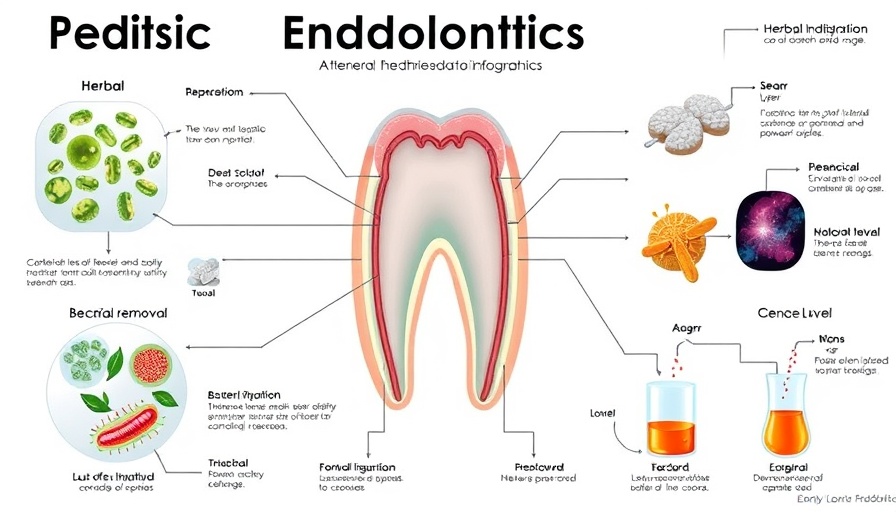
Unlocking the Future of Pediatric Dentistry: Herbal Alternatives
In a groundbreaking study recently published in the Journal of Indian Society of Pedodontics and Preventive Dentistry, researchers have explored the potential of sequential herbal irrigation as a viable and safe alternative to traditional endodontic treatments for children. This innovative method relies on natural ingredients to effectively disinfect root canals in primary teeth, offering not only effective antimicrobial properties but also immense safety for young patients.
Herbal vs Conventional Irrigation: A Comparative Insight
Traditional endodontic practices often utilize chemical agents, such as sodium hypochlorite and chlorhexidine, renowned for their robust antimicrobial action in adult dental treatments. However, these chemicals are not without their own set of concerns, particularly in pediatric applications. They can provoke cytotoxic responses, undesirable tastes, and irritation, leading to heightened anxiety in young patients. In comparison, the study indicated that a herbal irrigation regimen employing Salvadora persica (Miswak), Azadirachta indica (Neem), tea tree oil, and phytic acid could successfully rival these chemical solutions while maintaining safety and biocompatibility, enriching the landscape of pediatric dentistry.
A Study Analysis that Speaks Volumes
The randomized controlled trial involved 15 children aged between 4 and 8, undergoing pulpectomies on their primary molars. The results were striking: sequential herbal treatment demonstrated a reduction in microbes, particularly against Enterococcus faecalis, a notorious bacterium linked to endodontic failures. While both treatment modalities yielded positive results, the herbal treatment showed promising superiority in targeting specific bacteria.
Why Biocompatibility Matters
As the field of pediatric dentistry evolves, patient safety and comfort remain paramount. The use of herbal irrigants emerges not merely as an alternative but as a necessity when considering the young patient demographic. By utilizing natural solutions, dentists can significantly minimize the risks associated with chemical irritants and may bolster children's trust and comfort during procedures, a crucial factor in pediatric dental care.
Future Implications: Standards and Protocols Needed
This promising study opens the door for further exploration of herbal solutions in dental treatments, suggesting that robust protocols should be standardized to effectively integrate these methods into mainstream practice. Dentists calling for evidence-based practices may find these results compelling and relevant, prompting a shift in how pulpectomy procedures for children are conducted. Future research with larger patient populations can cement the claims made and refine these methods, ensuring optimal outcomes for young patients.
Looking Ahead: Bridging Tradition and Modernity
Herbal treatments are not new to medicine; their revival in the context of dentistry illustrates a holistic shift toward natural solutions that harmonize with patient health. As this potential continues to unfold, pediatric dentists and dental care providers will be encouraged to adapt with the changing landscape, ultimately enhancing their patient offerings with the wealth of knowledge from both modern and traditional medicine.
In conclusion, the exploration of sequential herbal irrigation as a biocompatible alternative in pediatric endodontics is a significant leap forward. It marries safety, efficacy, and a patient-centric approach to dental care, reaffirming the value of incorporating nature’s bounty into modern medical practices. Continued research in this area could pave the way for novel and safer treatment protocols that significantly benefit young individuals, setting new benchmarks in dental care.
 Add Row
Add Row  Add
Add 




Write A Comment